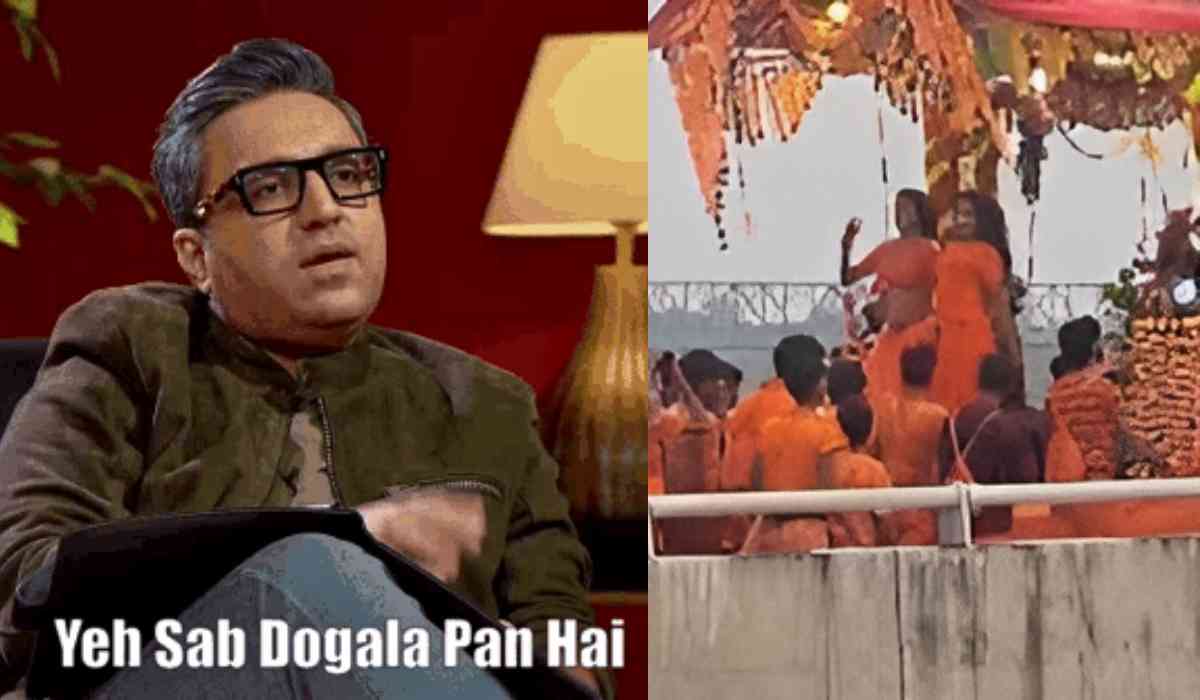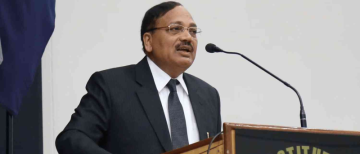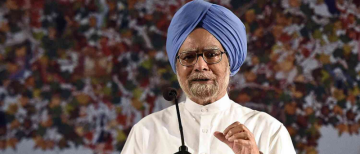The recent viral video of women dancing provocatively atop a Kanwar Yatra truck during the sacred pilgrimage has sparked widespread outrage and debate about cultural values, religious sanctity, and social mentality in India. The Kanwar Yatra is traditionally a devotional march where devotees undertake hardships to honor Lord Shiva, but this incident has raised concerns that the event is turning into a spectacle, detracting from its spiritual essence.
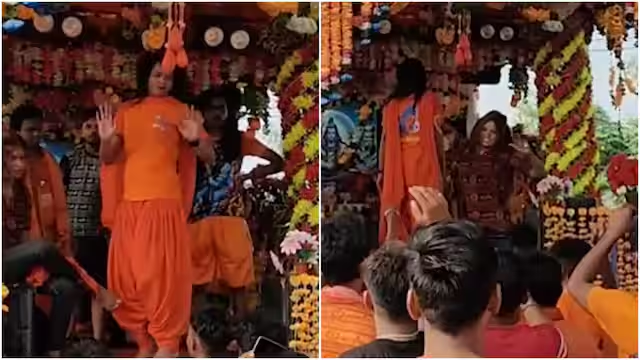
This dance performance, accompanied by loud music and cheered by onlookers, is seen by many as disrespectful and vulgar behavior inappropriate for a religious event. Hindu groups and netizens have condemned the act as undermining the sanctity of the pilgrimage and have demanded strict action against those responsible. The controversy also highlights an apparent double standard in social and political reactions—where similar acts by other religions might provoke more severe public backlash or political condemnation, but here, such responses are muted because it involves a Hindu context.
_1753265966.jpeg)
The cultural implications are profound. The question arises: where is our culture headed when sacred traditions are interspersed with provocative performances? The dilution of religious solemnity into entertainment suggests a shift in collective mentality and values. It may reflect a broader societal trend where religious observances are commodified or adapted for spectacle, sometimes to attract attention or political mileage.
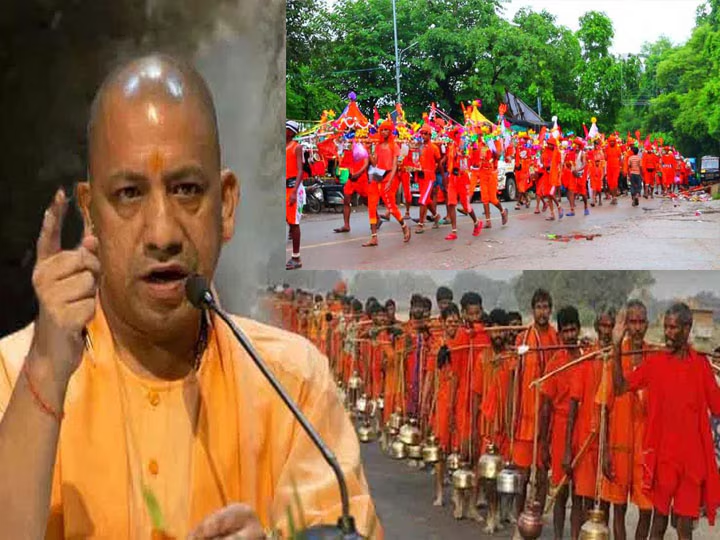
Politics plays a major role here. Leaders like UP Chief Minister Yogi Adityanath have praised the pilgrimage, often emphasizing its devotional aspects without addressing such controversies openly. Political parties sometimes leverage religious events for electoral gains, promoting a sanitized or glorified image while overlooking or downplaying instances that contravene traditional norms. This ambivalence or selective acknowledgment may contribute to tolerance of behaviors that offend many believers’ sense of reverence.
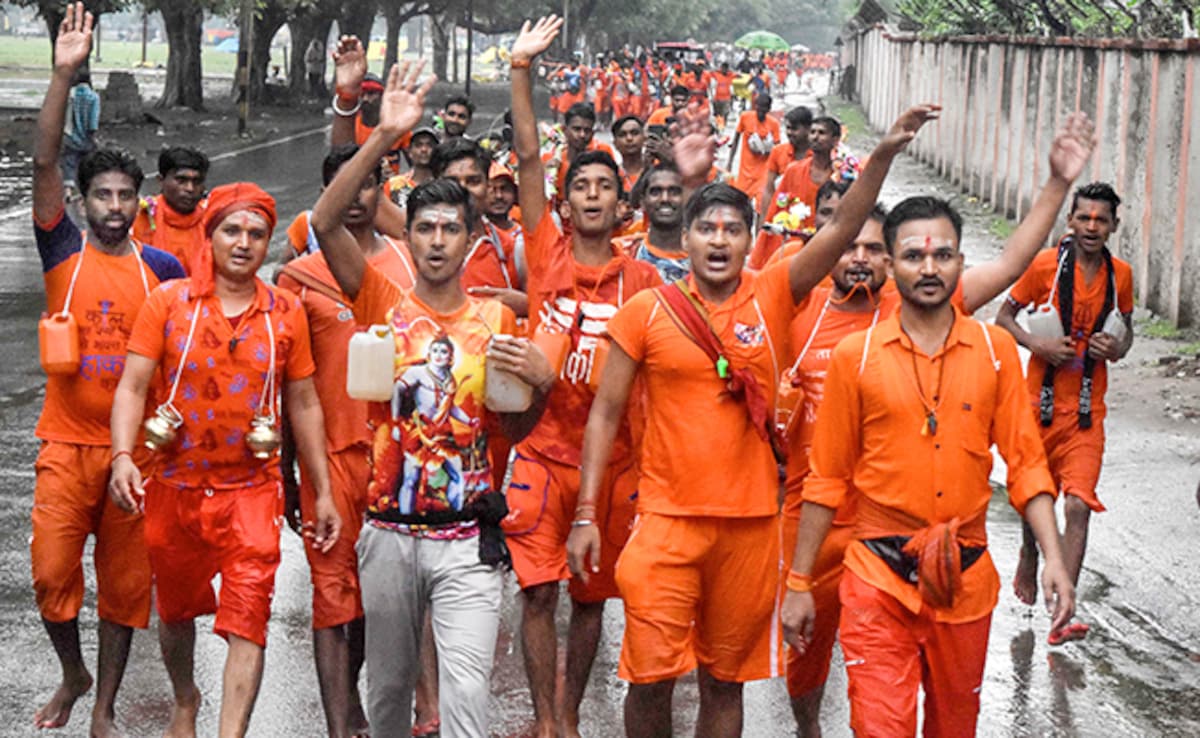
This incident also provokes a critical inquiry into the kind of Hinduism being promoted in public life. Is it one rooted strictly in traditional values and spirituality, or a more diluted, performative form that accommodates contemporary entertainment styles? The reception of this event suggests a tension between the preservation of religious austerity and a growing permissiveness influenced by popular culture.

The question of vulgarity and religious identity is central here. Vulgarity, often viewed as behavior inappropriate to certain societal norms, is sometimes judged selectively depending on the religion involved. The outrage over this Kanwar Yatra dance exposes a societal inconsistency: similar acts in non-Hindu religious contexts might result in severe censure, yet here there seems to be a political and social hesitance to confront the issue firmly, often because the participants belong to the majority Hindu community.
Beauty of Sanatan dharma 🚩🔥
During the Kanwar Yatra, even children are seen openly consuming substances like cannabis, opium etc. pic.twitter.com/v0lqe60hYn— Manish RJ (@mrjethwani_) July 15, 2025
In sum, this episode is not just about a viral video or a dance performance; it is a mirror reflecting changing cultural attitudes, the interaction between religiosity and modernity, and the role of political forces in shaping public discourse. It challenges us to thoughtfully consider how to preserve the sanctity of traditions while navigating contemporary social dynamics, and how political and social leadership must responsibly address such issues rather than enabling contradictory messages that confuse or erode cultural values.
With inputs from agencies
Image Source: Multiple agencies
© Copyright 2025. All Rights Reserved Powered by Vygr Media.

